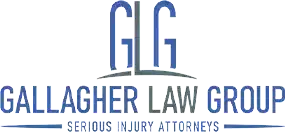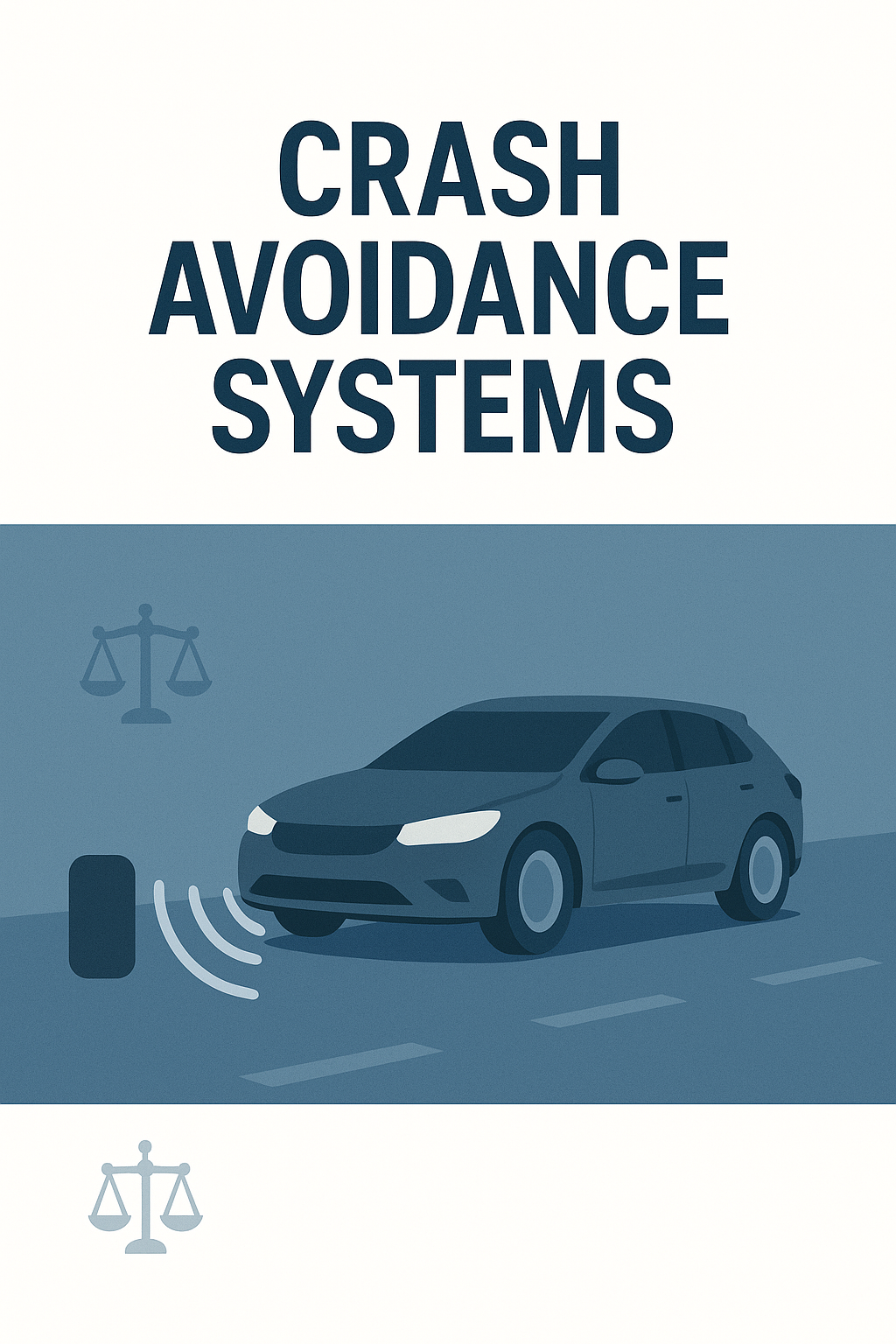Crash avoidance systems represent one of the most significant safety innovations in modern vehicles. These technologies, which include automatic emergency braking, lane departure warnings, and pedestrian detection systems, have dramatically reduced accident rates and saved thousands of lives. However, when these systems fail or malfunction, complex legal questions arise regarding liability, compensation, and consumer rights.
What Are Crash Avoidance Systems?
According to the National Highway Traffic Safety Administration (NHTSA), crash avoidance systems encompass a variety of technologies designed to prevent accidents before they occur:
- Forward Collision Warning (FCW) – Alerts drivers when they’re approaching a vehicle ahead too quickly
- Automatic Emergency Braking (AEB) – Automatically applies brakes to prevent or mitigate collisions
- Lane Departure Warning (LDW) – Warns drivers when they’re drifting out of their lane
- Blind Spot Detection – Monitors and alerts drivers to vehicles in blind spots
- Pedestrian Detection Systems – Identifies pedestrians and cyclists, triggering warnings or braking
Government Safety Data and Regulations
The effectiveness of these systems is well-documented by government research. According to recent NHTSA studies, vehicles equipped with automatic emergency braking systems show up to a 50% reduction in rear-end crashes. The Partnership for Analytics Research in Traffic Safety (PARTS), a collaboration between automakers and NHTSA, found that newer model AEB systems (2021-2023) demonstrated a 52% reduction in front-to-rear crashes, up from 46% in earlier models (2015-2017).www.mitre.org
Additionally, pedestrian automatic emergency braking (PAEB) systems were found to reduce single-vehicle frontal crashes with non-motorists by 9% – the first statistically significant measure of PAEB effectiveness in a large-scale study.www.mitre.org
These impressive safety gains have prompted regulatory action. In 2016, NHTSA announced an agreement with 20 major automakers to make automatic emergency braking standard on virtually all new vehicles by September 2022, though this was a voluntary agreement rather than a legal mandate.
Legal Issues When Crash Avoidance Systems Fail
Despite their benefits, crash avoidance systems sometimes fail, creating complex liability questions that may require specialized legal expertise. Common scenarios include:
- System Malfunction – When sensors, cameras, or software fail to detect obstacles or respond appropriately
- Design Defects – Fundamental flaws in how systems were designed to operate
- Manufacturing Defects – Problems in the production process leading to component failures
- Inadequate Warnings – Failure to properly inform consumers about system limitations
- Software Errors – Bugs or programming errors that cause unexpected behavior
These failures can fall under various legal categories, including product liability claims and technology defect cases. Under product liability laws, manufacturers may be held strictly liable for defects, regardless of whether negligence occurred. personalinjurylawcal.com
Types of Product Liability in Crash Avoidance System Cases
When pursuing legal action related to crash avoidance system failures, attorneys typically consider three categories of product liability:
- Manufacturing Defects – These occur when something goes wrong during the production process, creating a dangerous deviation from the intended design.
- Design Defects – These exist when the entire product line has an inherently dangerous design flaw, making the products unsafe even when manufactured correctly.
- Failure to Warn – Manufacturers have a duty to warn consumers about known risks and provide instructions on proper use and limitations. personalinjurylawcal.com
Emerging Legal Precedents
Recent legal cases are establishing important precedents in this area. For example, in October 2024, a lawsuit was filed against Tesla alleging fraudulent misrepresentation of its Autopilot technology’s capabilities following a fatal crash. personalinjurylawcal.com These cases highlight the legal complexities involved when automated systems contribute to accidents.
Compensation in Crash Avoidance System Cases
If a crash avoidance system failure causes an accident, injured parties may be entitled to compensation for:
- Medical expenses (current and future)
- Lost wages and diminished earning capacity
- Property damage
- Pain and suffering
- In severe cases, wrongful death damages
Experienced attorneys can help victims navigate these claims, which often involve complex technical evidence and expert testimony.
Federal Safety Standards and Compliance
The federal government establishes minimum safety standards for vehicles through Federal Motor Vehicle Safety Standards (FMVSS). However, crash avoidance technologies have evolved faster than regulations in many cases.
While NHTSA encourages the development and deployment of these technologies, comprehensive standards governing their performance are still evolving. This regulatory gap can complicate liability determinations when systems fail.
Multi-Party Liability Considerations
Crash avoidance system cases often involve multiple potentially liable parties:
- Vehicle Manufacturers – For overall vehicle design and integration of safety systems
- Component Suppliers – Who provide the actual hardware for these systems
- Software Developers – Who create the algorithms governing system behavior
- Dealerships or Repair Facilities – If improper maintenance or repair contributed to the failure
Legal experts specializing in crash avoidance technology must carefully evaluate the role of each party in the causal chain leading to an accident.
Documentation and Evidence in Crash Avoidance System Cases
When pursuing legal action related to crash avoidance system failures, thorough evidence collection is essential. This typically includes:
- Vehicle Event Data Recorder (EDR) information
- System diagnostic data
- Maintenance records
- Design specifications
- Software version information
- Expert analysis of system performance
Protecting Your Rights After a Crash Avoidance System Failure
If you believe a crash avoidance system failure contributed to your accident, it’s important to take several steps to protect your legal rights:
- Seek immediate medical attention for any injuries
- Document the accident scene thoroughly
- Report the accident to appropriate authorities
- Preserve the vehicle in its post-accident condition
- Obtain all relevant vehicle maintenance records
- Consult with an attorney experienced in vehicle technology cases
The Future of Crash Avoidance Technology and Liability
As vehicles become increasingly automated, the legal landscape surrounding crash avoidance systems continues to evolve. Future considerations include:
- Expanded regulatory frameworks specifically addressing autonomous features
- Shifting liability from drivers to manufacturers as automation increases
- New insurance models accounting for technology failures
- International standardization of safety requirements for these systems
The advancement of crash avoidance technology represents a significant step toward safer roads. However, when these systems fail, understanding the complex legal issues involved is crucial for protecting the rights of accident victims and ensuring appropriate compensation for damages.



